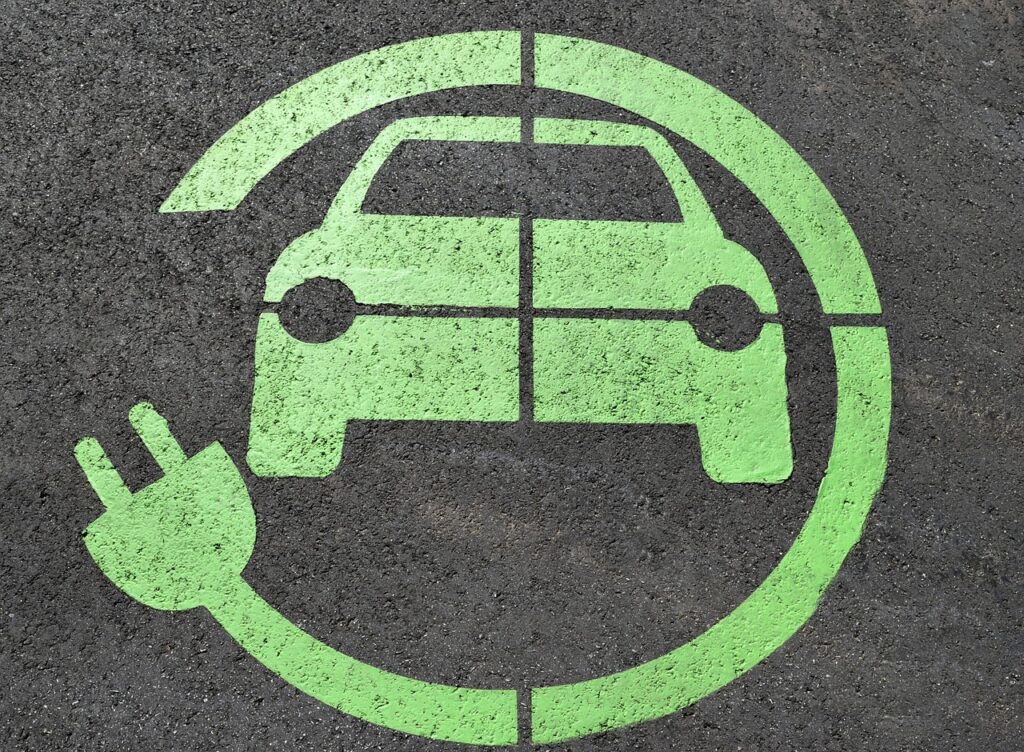CATL’s announced sodium-ion battery pricing of $19 per kilowatt hour represents a 65% reduction from current lithium iron phosphate costs of $55-$70/kWh, not the 90% cost decline claimed across social media channels promoting the technology. The Chinese battery manufacturer’s Nextra sodium-ion system achieves 175 Wh/kg energy density while promising 10,000+ charge cycles, positioning it within a sodium-ion market projected to reach $1.82 billion in 2025 from $1.47 billion in 2024, growing at compound annual rates between 16-25% depending on analyst projections.
The disparity between promotional claims and verified pricing highlights persistent challenges in accurately assessing emerging battery technologies, where cell-level versus pack-level costs create significant pricing variations. Today’s cheapest lithium iron phosphate batteries cost $75/kWh, while Tesla’s 4680 cells hover near $100/kWh, establishing baseline comparisons that contradict inflated cost reduction percentages promoted in technology media coverage.
Technical Performance and Energy Density Progress
CATL’s Nextra sodium-ion batteries deliver 175 Wh/kg energy density, approaching the 185-190 Wh/kg performance of current lithium iron phosphate systems while maintaining operational capability across extreme temperature ranges from -40°C to +70°C. This temperature tolerance addresses significant limitations of lithium-based chemistries that experience degraded performance in cold conditions, particularly relevant for markets in northern climates and industrial applications requiring consistent performance.
The new battery has energy density nearly on par with the 185Wh per kg performance of lithium iron phosphate batteries currently used in most Chinese-made EVs, representing a substantial improvement from earlier sodium-ion systems that achieved only 100-120 Wh/kg when initially commercialized 12-18 months ago. The rapid energy density advancement demonstrates accelerating technological development but remains below high-performance lithium chemistries used in premium applications.
The claimed 10,000+ charge cycle lifespan potentially extends battery operational life three to six times beyond current lithium iron phosphate capabilities, though independent validation of cycle testing under real-world conditions has not been established. Laboratory testing protocols may not accurately reflect field performance degradation patterns, particularly for new chemistries lacking extensive deployment history.
Market Positioning and Competitive Dynamics
Sodium-ion market projections vary significantly across research sources, with estimates ranging from $0.47 billion in 2025 growing at 16.63% CAGR to reach $1 billion by 2030 to more optimistic forecasts suggesting $0.67 billion in 2025 reaching $2.01 billion by 2030 at 24.7% CAGR. The wide variance reflects fundamental uncertainty about adoption rates and competitive positioning relative to established lithium-based technologies.
CATL’s founder suggested sodium-ion could replace up to half of the lithium iron phosphate market in the future, though this projection depends on achieving cost targets, scaling manufacturing, and overcoming customer acceptance barriers for alternative battery chemistries. The transition timeline remains undefined, with mass production scheduled to begin in December 2025 for initial commercial deployment.
Current sodium-ion applications focus primarily on stationary energy storage, where energy density limitations pose fewer constraints compared to automotive applications. Energy storage systems remain the leading application segment with liquid-state sodium-ion batteries holding 80% market share, indicating near-term deployment patterns favor utility-scale installations over mobility applications.
Manufacturing and Scalability Considerations
CATL’s advantage lies in adapting existing lithium iron phosphate production lines for sodium-ion manufacturing, reducing capital requirements for scaling compared to building dedicated facilities. This manufacturing flexibility enables faster capacity expansion while minimizing initial setup costs that have constrained other alternative battery chemistry deployments.
However, recent project cancellations indicate scaling challenges persist across the sodium-ion sector. Kingshine cancelled its proposed 6 GWh facility while Veken Tech postponed its 2 GWh project from December 2024 to December 2025, suggesting demand uncertainty and technical hurdles continue affecting investment commitments beyond CATL’s development.
Supply chain advantages for sodium-ion include abundant raw material availability and reduced dependence on lithium, cobalt, and nickel resources concentrated in specific geographic regions. These material security benefits could support adoption in markets prioritizing supply chain diversification, though cost competitiveness remains the primary adoption driver for most applications.
Cost Structure Analysis and Market Reality
The $10/kWh ultimate cost target mentioned by CATL represents potential future pricing rather than current availability, with actual production costs likely remaining at $19/kWh levels for near-term deployment. Current LFP cells cost ~$60-$70/kWh while CATL aims for sodium-ion to hit $40-$50/kWh at scale, creating a 30% cost advantage that could influence procurement decisions for price-sensitive applications.
Pack-level pricing typically exceeds cell-level costs by 40-60% due to thermal management, battery management systems, and packaging requirements. The promotional focus on cell-level pricing may understate actual system costs that determine end-user economics and competitive positioning against established technologies.
Economic viability depends on achieving sufficient scale to justify production investments while competing against rapidly improving lithium-ion technologies that continue cost reduction trajectories. The lithium-ion market benefits from massive manufacturing scale and continuous improvement programs that create moving targets for alternative technologies attempting to achieve cost parity.
Investment and Deployment Timeline Uncertainties
The U.S. DOE announced $50 million investment over five years to improve sodium-ion battery technology, indicating government recognition of strategic importance while highlighting the early-stage nature of technology development requiring continued research investment rather than immediate commercial deployment.
Market adoption patterns for new battery technologies typically require 5-7 years from initial commercial production to significant market penetration, suggesting sodium-ion technologies may not achieve substantial market share until the 2030s despite current promotional emphasis. Early deployment will likely focus on applications where energy density constraints are less critical than cost considerations.
The fundamental question remains whether sodium-ion cost advantages can offset energy density limitations and manufacturing scale disadvantages compared to rapidly improving lithium-ion alternatives. While technical progress appears promising, commercial success depends on execution capabilities and market timing that extend beyond laboratory performance demonstrations or promotional pricing targets.





